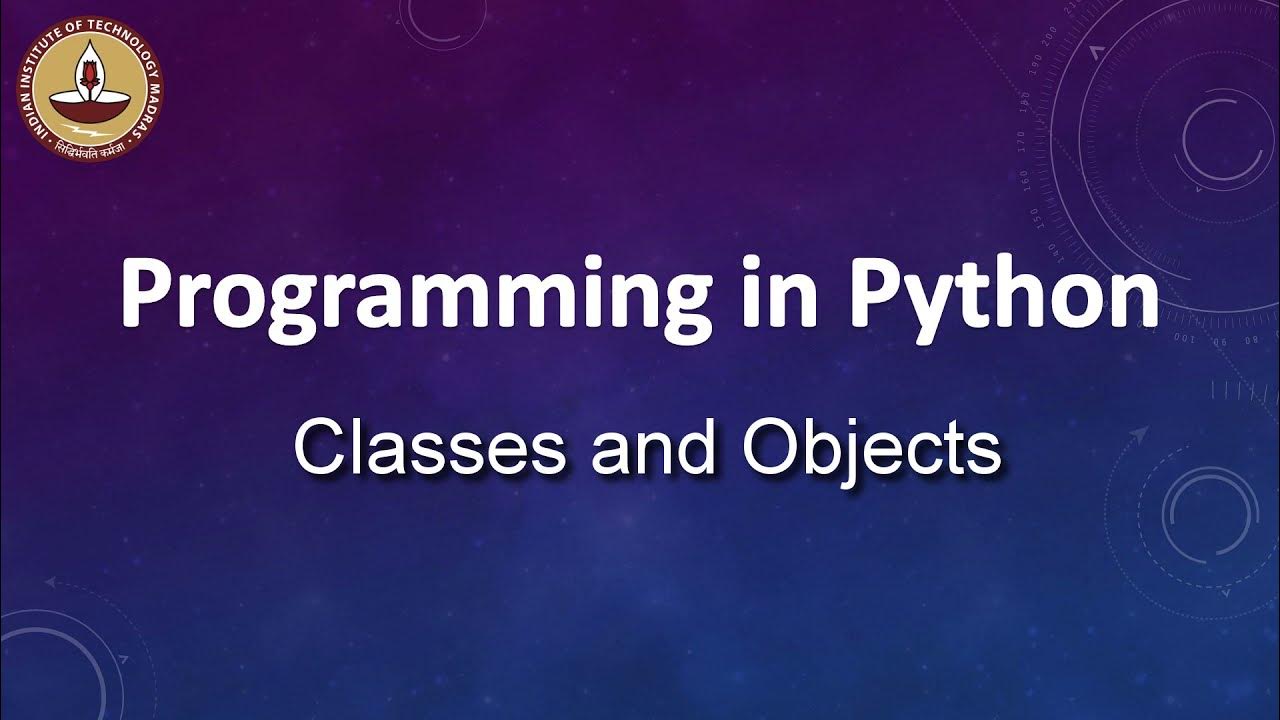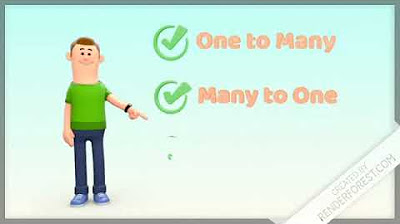02 Components of E R Diagram
Summary
TLDRThe transcript discusses the conceptual model of a database, starting with an E-R diagram that represents real-world objects as entities with attributes like name, roll number, and program. It explains the relationship between entities, the properties of attributes, and how they are represented in ovals and ellipses. The script further delves into different types of attributes, including single-valued, multi-valued, and derived attributes. It also touches upon descriptive attributes and unique identifiers for entities and records.
Takeaways
- 📚 The script discusses the conceptual model of a database, starting with an E-R diagram which is a fundamental component of database design.
- 🧩 It explains that an E-R diagram represents real-world objects, such as an 'Employee' or 'Student', which are entities with attributes like name, roll number, and program.
- 🔗 The script introduces the concept of relationships, which are associations between entities, and how they can be represented in an E-R diagram.
- 🏷️ Attributes are described as properties of entities, which can be simple or composite, and single-valued or multi-valued.
- 📈 The script differentiates between simple attributes, which are straightforward like a name, and composite attributes, which are made up of multiple simple attributes.
- 🔑 It mentions that some attributes, like 'Date of Birth', do not change over time, while others, like 'Date of Enrollment', might.
- 🔄 Derived attributes are those calculated from other attributes, such as calculating the age of a person from their date of birth.
- 📊 The script touches on descriptive attributes, which are used to describe an entity or relationship, and how they are represented in an E-R diagram.
- 🆔 Unique identifiers are emphasized as crucial for distinguishing between entities, such as using an Employee ID or Roll Number.
- 📋 The importance of the 'primary key' attribute is highlighted for uniquely identifying records in a database table.
Q & A
What is the conceptual model of a database?
-The conceptual model of a database is an abstract representation that defines the organization of data and the relationships between data elements without considering the details of physical storage.
What does E-R diagram stand for?
-E-R diagram stands for Entity-Relationship diagram, which is a high-level, graphical representation of a database that shows the entities, their attributes, and the relationships among them.
What is an entity in the context of an E-R diagram?
-An entity in an E-R diagram is a real-world object that can be distinctly identified, such as a person, place, or object, and is represented within the database.
What is the purpose of attributes in an entity?
-Attributes in an entity are properties or characteristics that describe or identify the entity, such as name, role number, program, or branch.
What is the difference between a simple attribute and a composite attribute?
-A simple attribute is an attribute that cannot be broken down into smaller parts, like a name or role number. A composite attribute, on the other hand, is made up of multiple simple attributes, such as a full name or address.
Can you explain the concept of single-valued and multi-valued attributes?
-Single-valued attributes are those that contain only one value for each entity, like a name. Multi-valued attributes can contain more than one value for each entity, such as multiple phone numbers.
What are derived attributes?
-Derived attributes are attributes whose values can be calculated or derived from other existing attributes. For example, age can be derived from the date of birth.
What is a descriptive attribute according to the script?
-Descriptive attributes are those that provide additional information about an entity or relationship, and they are not used to uniquely identify an entity or record.
What is the significance of an identifier attribute?
-Identifier attributes are used to uniquely identify an entity or record within a database. They are crucial for distinguishing between different entities or records.
Why are underlined attributes significant in the script?
-Underlined attributes in the script are significant as they represent primary keys or unique identifiers for entities, ensuring that each record can be uniquely identified.
What is the difference between an entity set and an entity type?
-An entity set refers to a collection of entities in the real world, while an entity type is the definition of the structure and properties of an entity within the database.
Outlines

هذا القسم متوفر فقط للمشتركين. يرجى الترقية للوصول إلى هذه الميزة.
قم بالترقية الآنMindmap

هذا القسم متوفر فقط للمشتركين. يرجى الترقية للوصول إلى هذه الميزة.
قم بالترقية الآنKeywords

هذا القسم متوفر فقط للمشتركين. يرجى الترقية للوصول إلى هذه الميزة.
قم بالترقية الآنHighlights

هذا القسم متوفر فقط للمشتركين. يرجى الترقية للوصول إلى هذه الميزة.
قم بالترقية الآنTranscripts

هذا القسم متوفر فقط للمشتركين. يرجى الترقية للوصول إلى هذه الميزة.
قم بالترقية الآنتصفح المزيد من مقاطع الفيديو ذات الصلة

What is Domain Model and Conceptual Classes?. Tutorial

Classes and Objects

Relational Database Design: Data Modeling for Beginners Part 1 of 2

Lec-8: What is CANDIDATE KEY and PRIMARY key | Full Concept | Most suitable examples | DBMS

Basic Concepts of Entity-Relationship Model

Model & Prediksi Data | Model data berdasarkan objek [2.1/3]
5.0 / 5 (0 votes)
